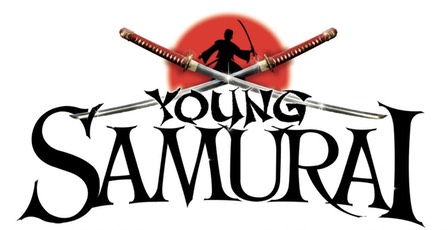
The Japanese have a strong code of etiquette. These are rules that dictate the expectations of social behaviour. These rules govern everything from greetings, bowing and bathing to eating, drinking, gift-giving and dress-code. Not following these unspoken rules is considered to be very rude.
Bowing
The most recognisable feature of Japanese etiquette, bowing is considered very important as a means of offering appropriate respect to one another.
Bows are performed from the waist with the back straight and the hands at the sides (boys and men) or clasped in the lap (girls and women), and with the eyes down.
Generally the longer and deeper the bow, the stronger the emotion and the respect expressed.
Hashi (Chopsticks)
There are many traditions surrounding the use of chopsticks. These are seven of the most important rules:
- Do not stick chopsticks into your food, especially not into rice. Only at a funeral are chopsticks stuck into the rice that is put onto the altar.
- Do not pass food with your chopsticks directly to somebody else's chopsticks. Only at funerals are the bones of the cremated body given in that way from person to person.
- Do not spear food with your chopsticks.
- Do not point with your chopsticks to something or somebody. This is insulting.
- Do not move your chopsticks around in the air too much, nor play with them.
- Do not move around plates or bowls with chopsticks.
- When you are not using your chopsticks, lay them down in front of you with the tip to left.
Jack's great mistake is to forget one of these rules.
Learn how to hold chopsticks properly…
Kimono
The kimono (meaning ‘something worn’) is the national costume of Japan.
Kimonos are T-shaped, straight-lined robes that fall to the ankle, with collars and full-length sleeves. They are traditionally made of silk.
The robe is wrapped around the body, always with the left side over the right (it is only wrapped right over left when dressing the deceased for burial), and secured by a wide belt, known as an obi, tied at the back.
Kimonos are generally worn with either geta (wooden clogs) or zori (thronged sandals) and split-toe socks known as tabi.
How to wear a kimono
Most Japanese would be unable to properly put on a traditional kimono unaided, since the typical woman's outfit requires twelve or more separate pieces that must be worn, matched and secured in prescribed ways.
For a basic kimono, though, the steps are quite simple:
- Always, put on white tabi socks first. It is hard to bend to put on socks after the full kimono and belt is on.
- Put on the undergarment slips called juban consisting of a white cotton top and skirt.
- Put on the kimono, making sure the back seam is centered.
- For both men and women, wrap the right side of the kimono over the body, then overlap it with the left side
- Adjust the white slip collar to show evenly around the neck of the kimono.
Watch the video to see how to tie an obi...
Learn about pockets on a kimono..
